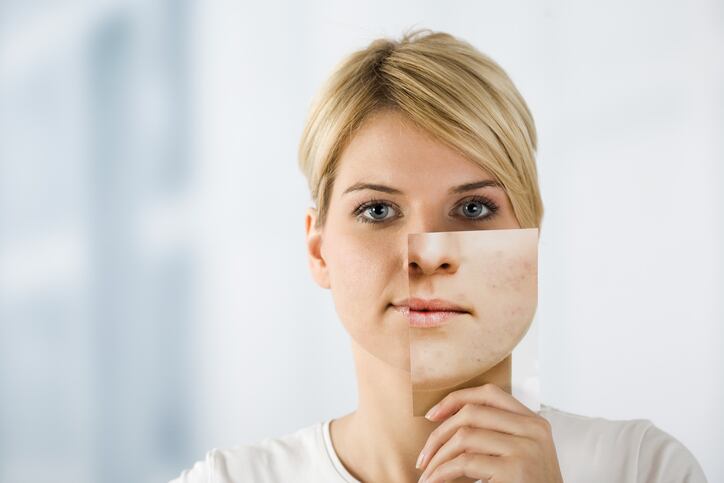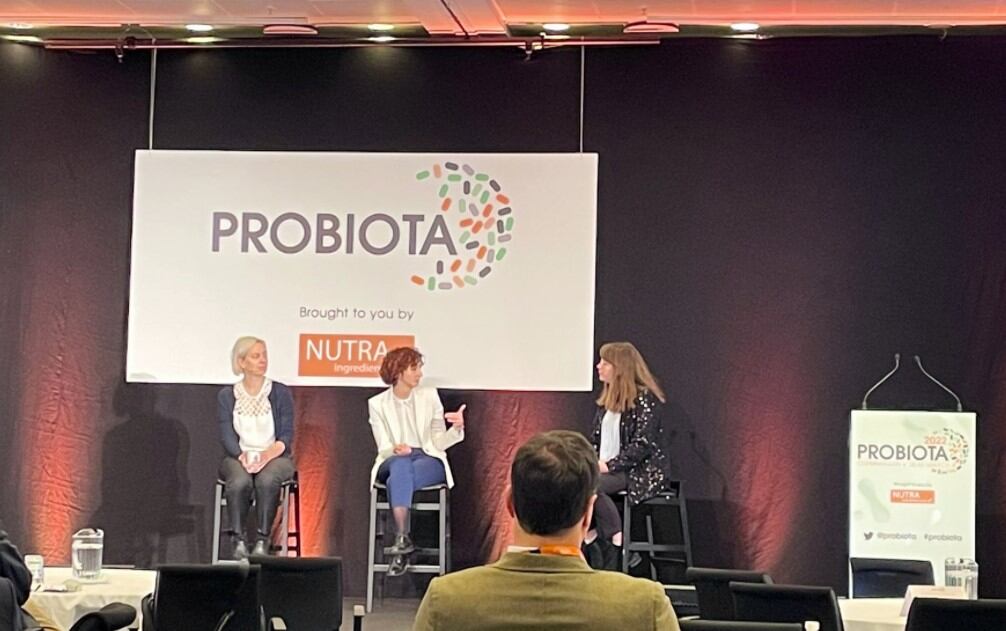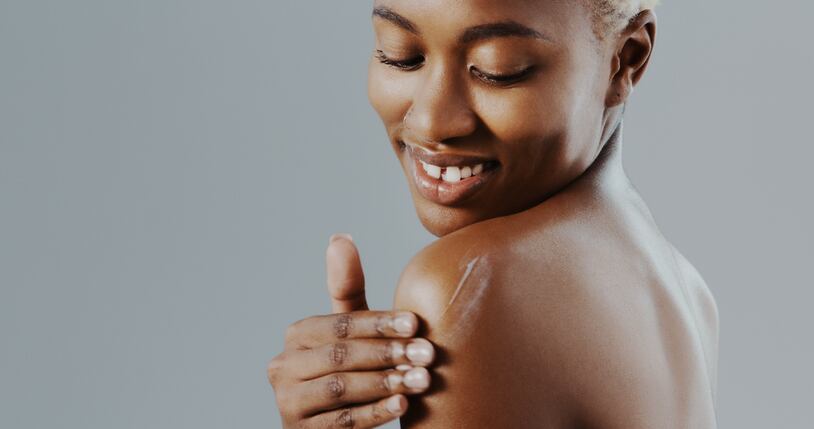Writing in its international patent, L’Oréal outlined a series of systems, methods and techniques for “acne localisation, counting and visualisation” using a digital model that processed images. The model, it said, had been designed to be integrated with e-commerce platforms, enabling product or service purchases to be linked to results. The system and acne data generated could also be used in-store or by dermatologists, in-person or online, during consultations.
“Skin conditions such as acne often affect the face and other areas of the body may also present such conditions. In the case of acne, oil or dead skin cells plug a follicle causing blemishes of various types. Though common among teens, it also occurs in people of other age groups. Given a facial image, an acne localisation task aims to detect whether any acne is present in the facial portrait,” L’Oréal wrote in its patent filing.
Locating and classifying acne by type
The beauty firm said the technology centred on a convolutional neural network (CNN) configured to locate and classify small objects in a facial image, either frontal or profile. The image-processing model located and counted acne instances by type – retentional, inflammatory or pigmentary – and then annotated the facial image with these details. This, L’Oréal said, enabled acne skin to be visualised on the image, accompanied by an overall ‘score’ that enabled product and/or service recommendations specific to results.
“The recommendation is generated in response to factors selected from the group: acne type, count by type, score by type, location of the acne, location of the purchaser, delivery location, regulatory requirement, counter indication, gender, core commendation, and likelihood of user to follow use guidelines,” L’Oréal said.
Annotated facial images, for example, could be used to guide application of a product or indicate to a consumer where to apply a product via personalised tutorials. Importantly, the technology had been designed to be linked to an e-commerce transaction component to “facilitate a purchase of the product and/or service” recommended, it said.
Deep learning future for acne analysis
L’Oréal said that in its current form, the acne imaging system dataset had been built working alongside dermatologists who had identified and labelled 328 facial images of 116 different subjects for three types of acne: retentional, inflammatory and pigmentary.
However, it said the model had “expandability to learn and detect other types of acne” if applicable training data was provided.
The system had also been designed to offer a patch-based approach to acne analysis, enabling better results for skin with severe or extensive acne. In this instance, rather than analysing a full-face image, the model analysed patches of skin – dividing the face into 15 segments – to classify acne type areas and healthy skin areas. The dataset for the patch-based model had been achieved through the analysis of 2,450 healthy patches and 3,577 acne patches from full face images.
Longer-term, L’Oréal said the technology could also be used to develop and track “skin treatment” plans, monitoring skin changes following one or more applications of a product and reminding, instructing and/or recording product applications before providing “comparative results”.
Source: WIPO International Patent No. WO/2022/069754
Filed on: October 1, 2021. Published on: April 7, 2022.
Title: “System and methods for acne counting, localisation and visualisation”
Inventor: L’Oréal – P. Aarabi, Y. Zhang and R. Jiang




